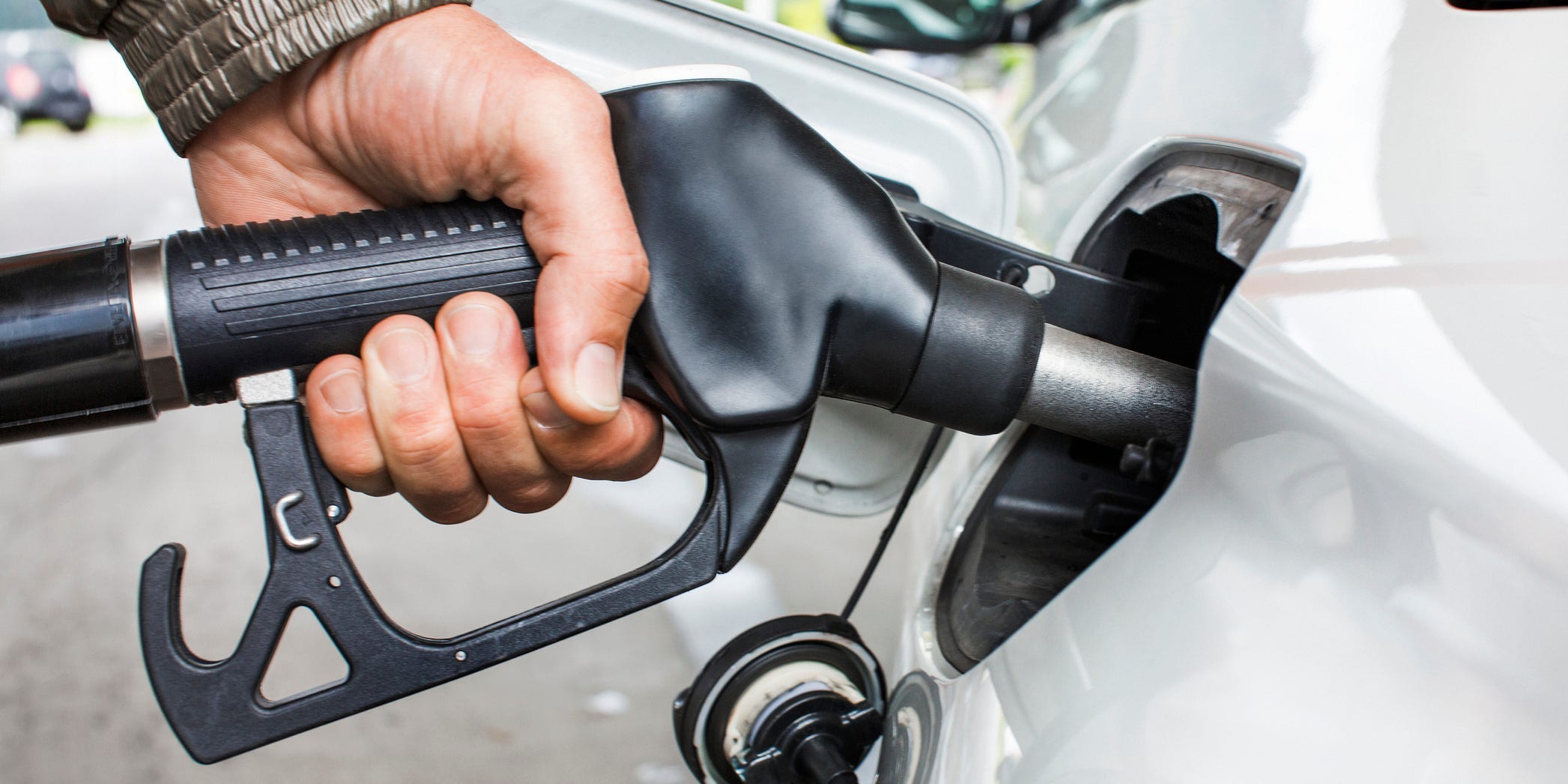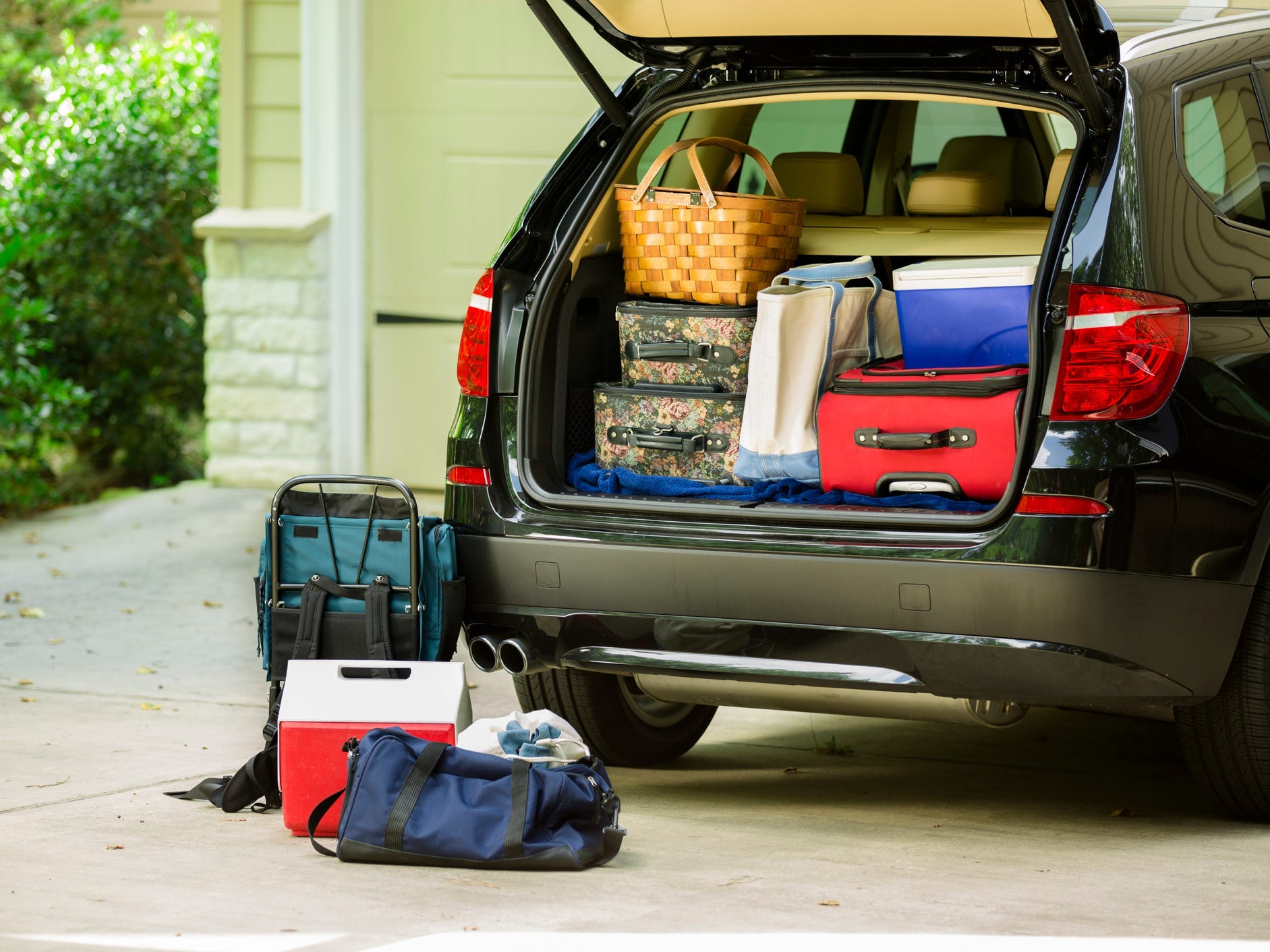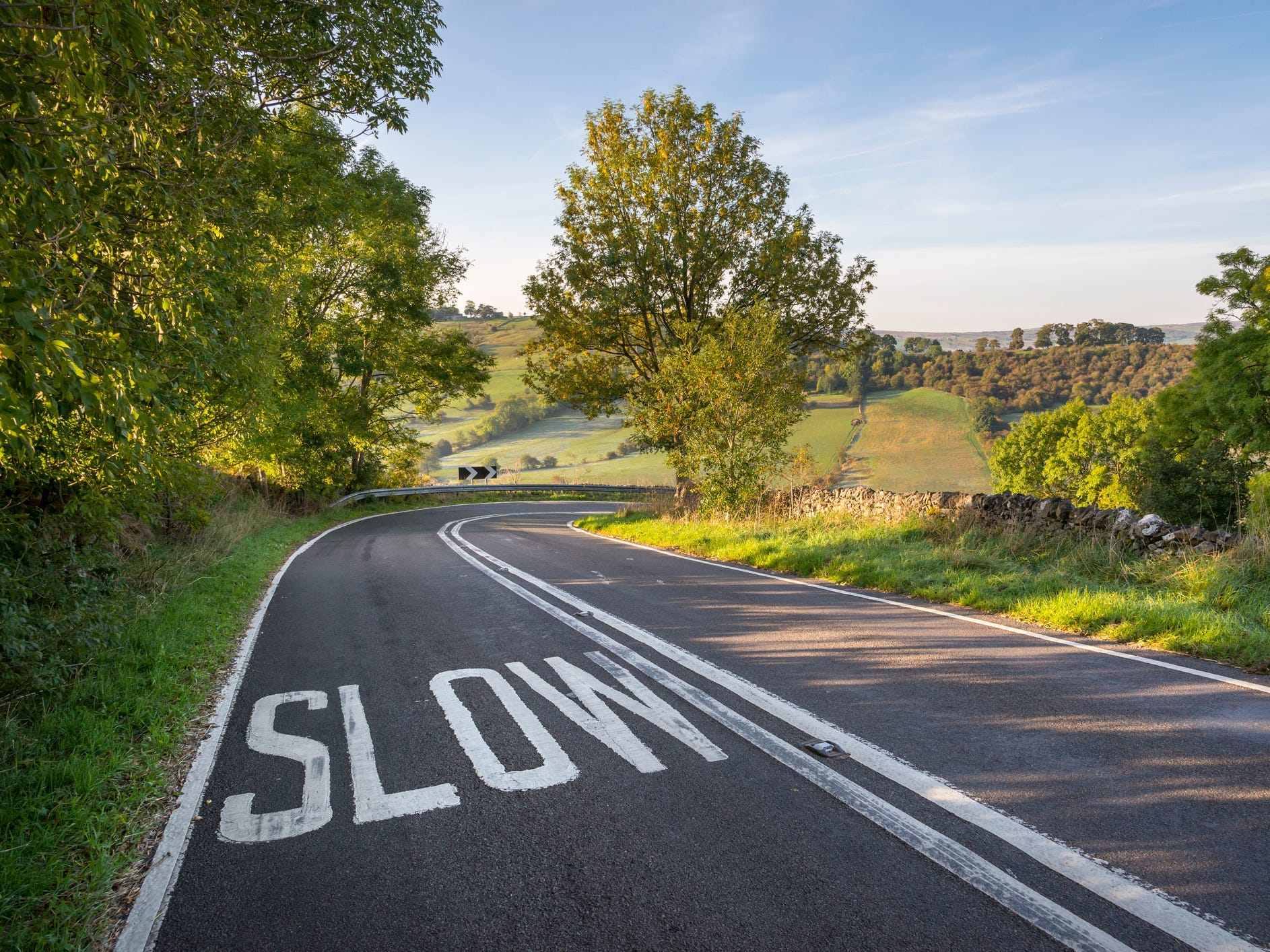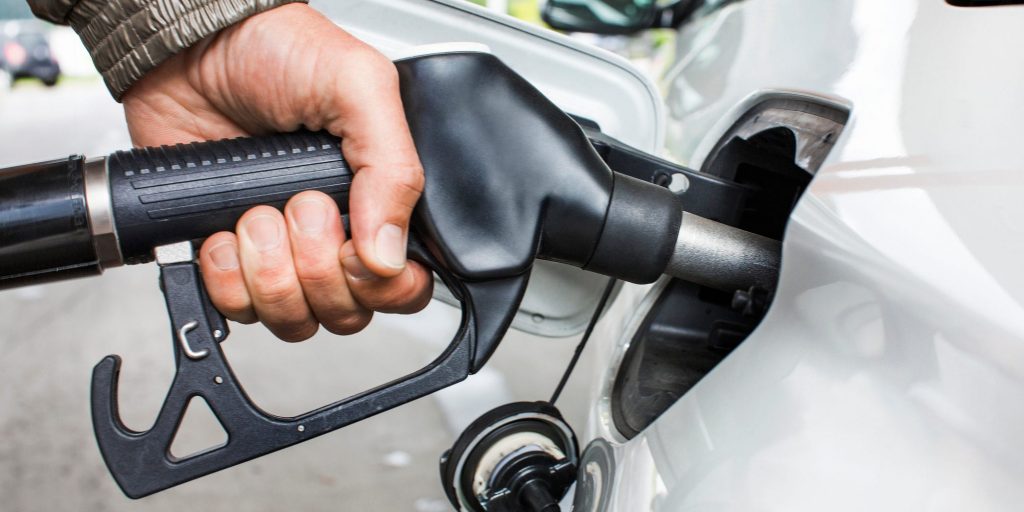
Dimitri Otis/Getty Images
- Proper tire inflation, tire size, and wheel alignment are three key ways to improve fuel economy.
- Driving techniques like gentle acceleration and reducing overall speed can increase your gas mileage.
- Clean out your car and remove stuff you don't need to reduce weight and give your car less to haul.
- Visit Insider's Home & Kitchen Reference library for more stories.
With gas prices at or near some of their highest levels ever, maximizing your gas mileage is essential to save you money at the pump. Many things that help improve your gas mileage also keep your car running in top condition, which makes it last longer and costs you less money in maintenance. And all our tips are easy to implement in your everyday life – no special automotive knowledge required.
1. Maintain proper tire pressure

powerbeephoto/Getty Images
Having your tires properly inflated is one of the most effective and easiest ways to improve your gas mileage. Even a few pounds below the recommended tire pressure can have a big impact on your miles-per-gallon. Use your owner's manual or the sticker on the driver's side doorframe to get the proper inflation pressure, not the tire sidewall. Also, it's good to have an inexpensive tire pressure gauge in your car as the gauge on the gas station air pump can be inaccurate.
2. Keep the stock tire size
Car companies put tires on their cars that offer the best fuel economy. If you go with a bigger wheel and tire or a wider wheel and tire, you might gain performance but you will suffer a loss in fuel economy.
3. Check your wheel alignment
An alignment check, usually offered for free at tire and auto shops, can instantly tell you whether you need an adjustment. Proper alignment of your wheels saves fuel and also reduces tire wear, extending their life.
The tires offer the least resistance when they are rolling true, vertical, and straight to the direction of travel. If the alignment is off, the tires offer more resistance and the engine must provide more power to compensate, wasting fuel.
4. Take the junk out of your trunk

fstop123/Getty Images
The more your car weighs, the more fuel it needs to use. Check your trunk and take out anything you don't need (leave in safety equipment like your spare tire, jack, jumper cables, etc.). Go through the car's interior and glove boxes and compartments and remove anything not needed for daily driving.
5. Drive at consistent speeds
Accelerate slowly to reduce engine load - the lower the RPMs, the less gas you use When you accelerate, it makes the engine rev and produce power, which consumes fuel. The less and more slowly you accelerate, the less the engine needs to work. A good tip to try to achieve this is to imagine there's an egg on your accelerator and you don't want to break it by pushing too hard. Anticipate red lights and stopped traffic to reduce brake use (and the need to use the engine to resume your speed).
6. Use your cruise control
On the highway or on roads around town, your cruise control is the best way to soften your driving and minimize engine load. The system can then use the least fuel possible to maintain your desired speed.
7. Drive slower

Photos by R A Kearton/Getty Images
A car going slower uses less gas and encounters less wind resistance. Reduce your speeds by 5 to 10 miles per hour and your fuel economy will improve. Driving just 5 miles per hour slower on a long road trip can have a dramatic effect on fuel usage.
8. Change the drive mode
Many modern cars have multiple drive mode settings and they usually include an "eco" mode. Switching to an economy mode makes your car's engine and related computers all run in a way that will maximize your fuel economy. The engine will rev lower and the car may feel a little sluggish, but you will get better gas mileage.
9. Get a tune-up
Proper maintenance, especially in the form of a tune-up, can ensure your engine is running at peak performance. Peak performance means maximum fuel efficiency. Have a professional mechanic check the spark plugs, timing, ignition system, and other engine components to ensure they're all within the manufacturer's specs.
10. Cover your bed

Fertnig/Getty Images
If you drive a pick-up truck with an uncovered bed, you're sacrificing a lot of fuel economy due to the wind. Consider a hard or soft tonneau cover to fit over the truck bed. And, of course, know that any tools, toolboxes, or other objects stored in your truck bed will reduce your gas mileage.
11. Turn off your car
Idling, or having your car stationary with the engine running, wastes fuel. If you're waiting in your parked car, turn off the engine. Many modern cars have an automated engine-off system, so make sure it's activated. This automatically turns off the engine when the car is sitting at a traffic light or in other stationery situations (and automatically turns it back on when you take your foot off the brake).
Insider's takeaway
Improving your fuel economy means spending less money at the gas pump and driving longer distances between fill-ups. By keeping your tires properly inflated, your engine tuned up and excess weight out of your car, you can make a big difference in your monthly fuel budget. Gentle acceleration and reducing overall speeds can help add to your fuel efficiency.
